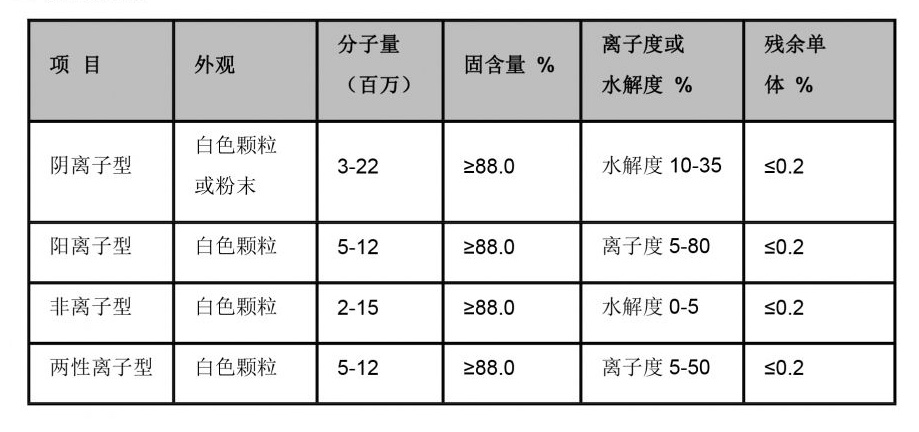dodecyl dimethyl benzyl ammonium chloride
The Role of Dodecyl Dimethyl Benzyl Ammonium Chloride in Modern Applications
Dodecyl dimethyl benzyl ammonium chloride (DDBAC), a quaternary ammonium compound, has gained significant attention in various industries due to its versatile properties. It is primarily recognized for its role as a surfactant, antiseptic, and disinfectant. The compound has a unique chemical structure that allows it to interact effectively with both hydrophilic and hydrophobic substances, making it beneficial in a range of applications.
Chemical Structure and Properties
DDBAC consists of a long hydrophobic dodecyl chain and a positively charged quaternary ammonium group attached to a benzyl moiety. This structure enables DDBAC to lower the surface tension of aqueous solutions, enhancing its effectiveness as a surfactant. The compound is typically found as a colorless to pale yellow liquid, soluble in water and organic solvents. Its stability over a wide pH range and temperature makes it suitable for use in various formulations.
Antimicrobial Activity
One of the most notable features of DDBAC is its antimicrobial properties. It exhibits broad-spectrum activity against bacteria, fungi, and viruses. The compound disrupts microbial cell membranes, leading to cell lysis and death. As a result, DDBAC is commonly used in disinfectants and antiseptics. It has proven effective in healthcare settings, where maintaining hygienic environments is crucial. Unlike many traditional disinfectants, DDBAC is less prone to induce resistance in microorganisms, making it a valuable tool in infection control strategies.
Applications in Industry
dodecyl dimethyl benzyl ammonium chloride

DDBAC finds extensive applications in several sectors, including healthcare, personal care, and industrial cleaning. In healthcare, its antimicrobial properties make it an essential component in surface disinfectants and hand sanitizers. Hospitals and clinics use DDBAC-based formulations to reduce the risk of infection, particularly in surgical and patient care environments.
In the personal care industry, DDBAC is often included in shampoos, conditioners, and skin care products due to its conditioning and antimicrobial properties. It helps improve product stability and enhances the sensory experience for consumers, providing a smooth and soft finish to hair and skin.
The industrial sector also leverages DDBAC for its effectiveness in cleaning and disinfecting surfaces and equipment. It is commonly used in food processing, hospitality, and manufacturing settings to maintain hygienic conditions and prevent microbial contamination.
Environmental Considerations
While DDBAC offers numerous benefits, considerations regarding its environmental impact are crucial. Some studies suggest that quaternary ammonium compounds can be toxic to aquatic life. Therefore, proper disposal and treatment methods must be employed to minimize potential environmental risks. Fortunately, there is ongoing research aimed at developing biodegradable alternatives and formulations that can mitigate such impacts while maintaining efficacy.
Conclusion
Dodecyl dimethyl benzyl ammonium chloride is a multifaceted compound that plays a vital role in various applications ranging from healthcare to personal care and industrial cleaning. Its unique chemical properties enable effective surface tension reduction and antimicrobial action, making it indispensable in maintaining cleanliness and hygiene. As the demand for effective disinfectants continues to rise, especially in the wake of global health crises, DDBAC is poised to remain a key player in the field. However, it is equally crucial to balance its use with environmental considerations to ensure sustainable practices in its application. The future may hold exciting developments for DDBAC, particularly as researchers continue to explore its potential and address its environmental challenges.
-
Water Treatment with Flocculant Water TreatmentNewsJun.12,2025
-
Polymaleic AnhydrideNewsJun.12,2025
-
Polyaspartic AcidNewsJun.12,2025
-
Enhance Industrial Processes with IsothiazolinonesNewsJun.12,2025
-
Enhance Industrial Processes with PBTCA SolutionsNewsJun.12,2025
-
Dodecyldimethylbenzylammonium Chloride SolutionsNewsJun.12,2025





